Most people have heard of magnets, but few truly understand what permanent magnets are or how they shape the technology around us. These seemingly simple materials quietly power everything from electric motors to medical equipment, often without users ever realizing it. This guide aims to demystify permanent magnets—what they are, how they work, and why they're so essential in both everyday objects and advanced industrial systems.
A permanent magnet is a material that produces a consistent magnetic field on its own. It doesn't need any power supply. It doesn't rely on external conditions to work. Once magnetized, it holds its magnetic force for a long time. This is why it's called “permanent.”
What makes this possible? It comes down to the arrangement of atoms. In permanent magnets, many atoms are aligned in the same direction. This alignment creates a strong and lasting magnetic field. Unlike electromagnets, which only work when electric current is present, permanent magnets work all the time.
They are used in objects we use every day. From the small speaker in your phone to the motor that powers an electric bike, permanent magnets are everywhere. They are quiet, reliable, and energy-saving.
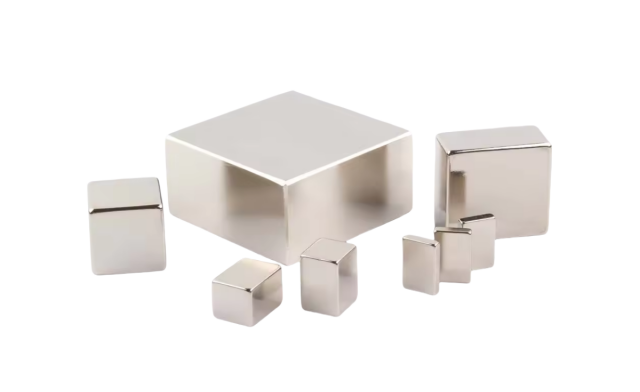
Manufacturing permanent magnets is a process that combines science, heat, and precision. It starts with selecting the right materials. These include iron, boron, rare earth elements like neodymium and samarium, and sometimes cobalt. Each combination produces a different type of magnet.
There are two common methods: sintering and bonding. Sintering involves compressing fine magnetic powder into a mold and heating it until it becomes solid. The material is not melted but heated enough so the particles fuse together. This produces a dense, strong magnet.
Bonding takes a different route. It mixes magnetic powder with resin or plastic, then shapes the mixture in molds. These magnets are usually less powerful but more flexible in shape and more resistant to breaking.
Once shaped, the magnet goes through magnetization. A strong external magnetic field is applied to the object, locking the internal domains into a single direction. This final step is what makes it a permanent magnet.
There is no single “best” permanent magnet. Each type serves a different purpose. Some magnets are made for strength. Others are made to survive high temperatures. Some are more affordable, while others are more compact.
The materials used define the magnet's performance. Size, shape, strength, corrosion resistance, and thermal stability all depend on what the magnet is made of. When choosing a magnet, it's important to match the material with the specific needs of the application.
Neodymium magnets are the strongest type of permanent magnet available. Despite their small size, they deliver incredible pulling force. These magnets are made from neodymium, iron, and boron, and are widely used in electric motors, headphones, cordless tools, and wind turbines.
Their downside is their sensitivity to moisture and oxidation. Without a protective coating, they may rust. That's why they're often covered with nickel, zinc, or epoxy. Even with these coatings, they should not be exposed to salty or acidic environments for long periods.
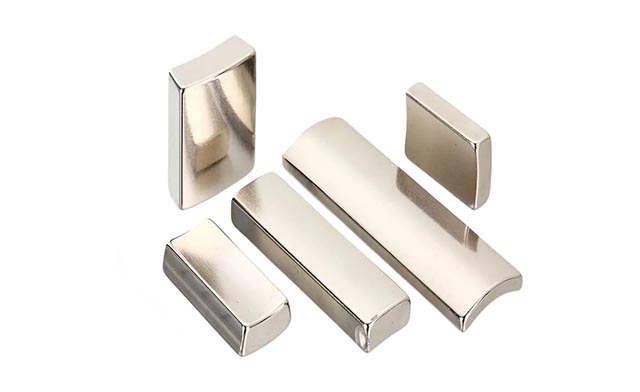
These magnets offer exceptional resistance to heat and corrosion. They operate well in high-temperature environments, often exceeding 300°C. They also don't rust easily, even without a protective coating.
Samarium cobalt magnets are used in aerospace, medical devices, and other high-reliability fields. Though they are more expensive than neodymium magnets, they are the preferred choice when stability and durability are critical.
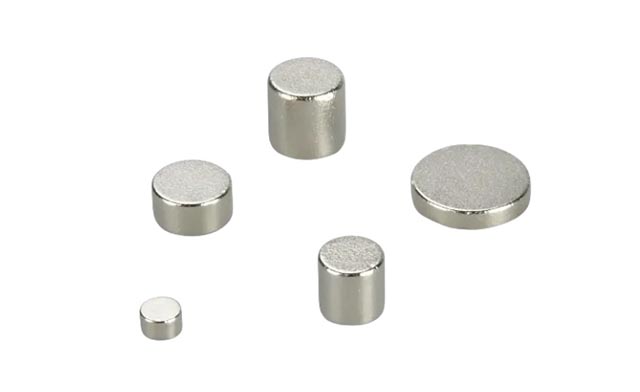
Alnico magnets are made from aluminum, nickel, and cobalt. They have moderate magnetic strength but excellent temperature tolerance. They can operate in conditions above 500°C without significant performance loss.
They are commonly used in measuring devices, electric guitars, and magnetometers. Although newer magnet types have surpassed them in strength, alnico magnets are still chosen where thermal reliability matters more than maximum force.
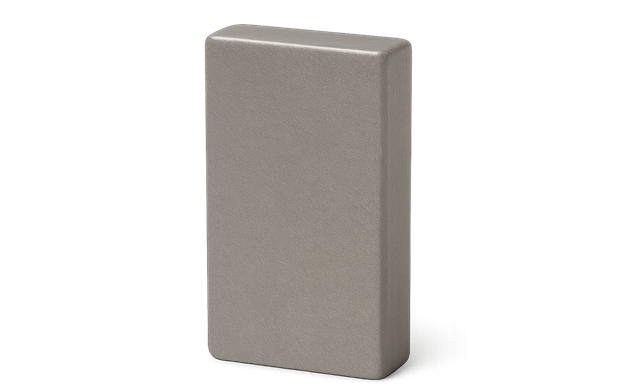
Ceramic magnets, also called ferrite magnets, are made from iron oxide and barium or strontium carbonate. They are cost-effective and widely available. Though not as strong as neodymium, they're perfect for applications where extreme force isn't required.
These magnets are often found in magnetic door closures, motors, and basic electronics. Their resistance to rust and low production cost make them ideal for mass-produced consumer goods.
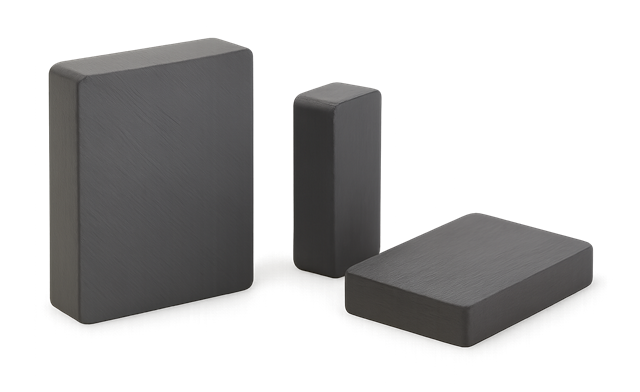
Permanent magnets appear in nearly every aspect of our lives. Their uses stretch from tiny components to heavy machinery.
In household appliances, they drive fan motors in air conditioners and keep refrigerator doors sealed. In electric shavers and washing machines, magnets help generate motion efficiently.
In electronics, they're critical in microphones, speakers, and vibration motors. Magnets inside mobile phones help produce sound and control the haptic feedback.
In transportation, permanent magnets are essential in electric vehicles. Motors powered by magnets run quietly and efficiently, offering better torque and less heat. In high-speed trains, magnets support advanced braking and propulsion systems.
In energy, permanent magnets are used in wind turbine generators. They reduce the need for gearboxes and improve energy conversion efficiency. In solar panel systems, they assist in angle-adjusting mechanisms that follow the sun's movement for optimal exposure.
The physical shape of a magnet influences how it performs. A ring-shaped magnet concentrates force through the hole. A disc provides a wide magnetic field on both flat surfaces. Cylindrical magnets are useful in linear applications like actuators.
Shape must match the mechanical needs of the product. A poorly shaped magnet might waste energy or fit poorly in the housing.
Surface coating plays a protective role. Some magnets, especially neodymium, are brittle and prone to corrosion. A good coating prevents damage from moisture, chemicals, or impact.
Common coatings include nickel, gold, zinc, epoxy, and even rubber. The right coating extends the life of the magnet and ensures consistent performance, especially in outdoor or industrial settings.
Choosing the Right Magnet for the Job
Every project has different demands. Selecting the right magnet involves understanding the environment and performance needs.
Ask these questions:
Will the magnet be exposed to high heat? Choose SmCo or Alnico.
Is the magnet in a humid or corrosive setting? Go for coated neodymium or ceramic.
Does space matter? Compact applications need strong NdFeB magnets.
Will it face physical shocks? Bonded magnets offer flexibility and resilience.
Custom machining services help in these cases. Magnets can be sliced, drilled, or coated to meet precise design specs. This is important when the magnet needs to fit inside complex assemblies or interact with moving parts.
Permanent magnets serve as the invisible engine inside countless machines and systems. In the renewable energy sector, they are essential for wind turbines and solar trackers. In EV manufacturing, they help reduce motor weight while increasing efficiency.
In home automation, magnets run brushless fans, smart locks, and precision valves. They make devices quieter, smoother, and longer lasting. In the transportation industry, magnetic sensors help control braking systems, door operations, and engine timing.
They are also used in medical technologies. Devices like MRI scanners depend on powerful permanent magnets to create detailed images of the human body. In surgical tools, magnets provide non-contact force that helps improve safety and precision.
Design engineers must consider magnetism early in product development. The right magnet can replace mechanical parts, simplify moving systems, and reduce maintenance.
For instance, a magnetic coupling can transfer torque without direct contact. This reduces friction and noise. Magnetic latches remove the need for traditional hinges and locks.
Using magnets can also reduce energy usage. Magnetic motors are more efficient than their traditional counterparts. In electronic devices, magnets allow for wireless charging and detachable components.
Because magnets have no moving parts themselves, they contribute to longer service life and reduced need for lubrication or adjustment.
What Defines a High-Quality Magnet
High-quality magnets show strong, stable, and predictable behavior. Several factors define this:
Energy product (BHmax): A measure of how much magnetic energy the material can store.
Coercivity: The magnet's ability to resist demagnetization, important in high-temperature or high-vibration environments.
Operating temperature range: The ability to function without performance loss at extreme temperatures.
Mechanical stability: Resistance to cracking or chipping under stress.
Coating durability: Whether it can survive harsh conditions without rusting or peeling.
A magnet that performs consistently over time is essential in critical applications like aerospace, robotics, or medical equipment.
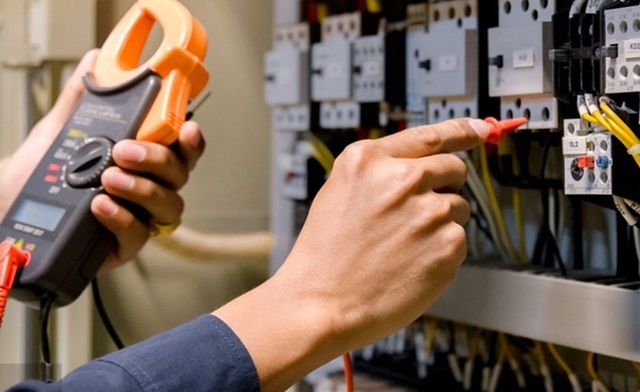
The source of the magnet matters as much as the magnet itself. A reliable supplier should offer:
Technical support to guide material and design selection
Custom machining and post-processing services
Quality assurance and testing certifications
On-time delivery and scalable production
Industry knowledge for specific applications
Suppliers serving sectors like photovoltaics, home appliances, rail systems, and electric vehicles should understand both performance and compliance. Working with the right partner reduces risk and ensures product longevity.
A permanent magnet creates its own magnetic field without electricity. An electromagnet needs electric current to generate magnetism. Permanent magnets are always active, while electromagnets can be switched on and off.
Yes, but not easily. Exposure to very high temperatures, strong opposing magnetic fields, or physical damage can cause magnets to lose strength. However, in normal environments, a quality permanent magnet can last for decades.
Neodymium magnets are smaller and much stronger. Ceramic magnets are larger and less powerful. If a small magnet feels unusually strong, it's likely neodymium. Also, neodymium magnets often have shiny coatings; ceramic magnets are matte and gray.
Yes. Strong magnets like NdFeB can pinch skin or damage tools if handled carelessly. Always use protective gloves and keep them away from credit cards, electronics, or other magnets to avoid accidents.
Not directly. Cutting or drilling a magnet without proper tools can cause it to break or lose magnetism. Manufacturers usually shape magnets before magnetization. If you need a custom shape, request machining from the supplier.
Permanent magnets are heavily used in electric vehicles, wind energy, smart appliances, robotics, and rail transport. These sectors demand performance, compactness, and energy efficiency—areas where permanent magnets excel.
Permanent magnets are essential building blocks in today's mechanical and electronic systems. Their simplicity hides their importance. They offer quiet power, reliable force, and flexible integration. From the shape to the material, from temperature needs to coating durability, choosing the right magnet ensures the performance and longevity of the entire product. Pourleroi delivers expertly manufactured permanent magnets tailored for high-demand industries—combining strength, precision, and support that help move technology forward.
For more information, please contact us or visit our website at www.pourleroi.com.
By continuing to use the site you agree to our privacy policy Terms and Conditions.